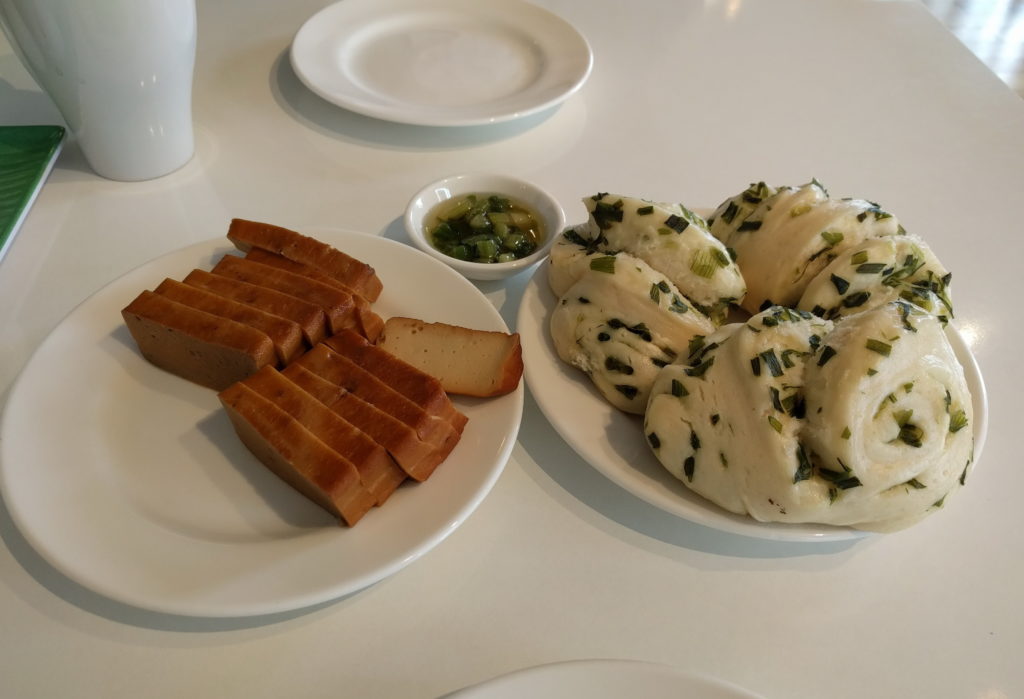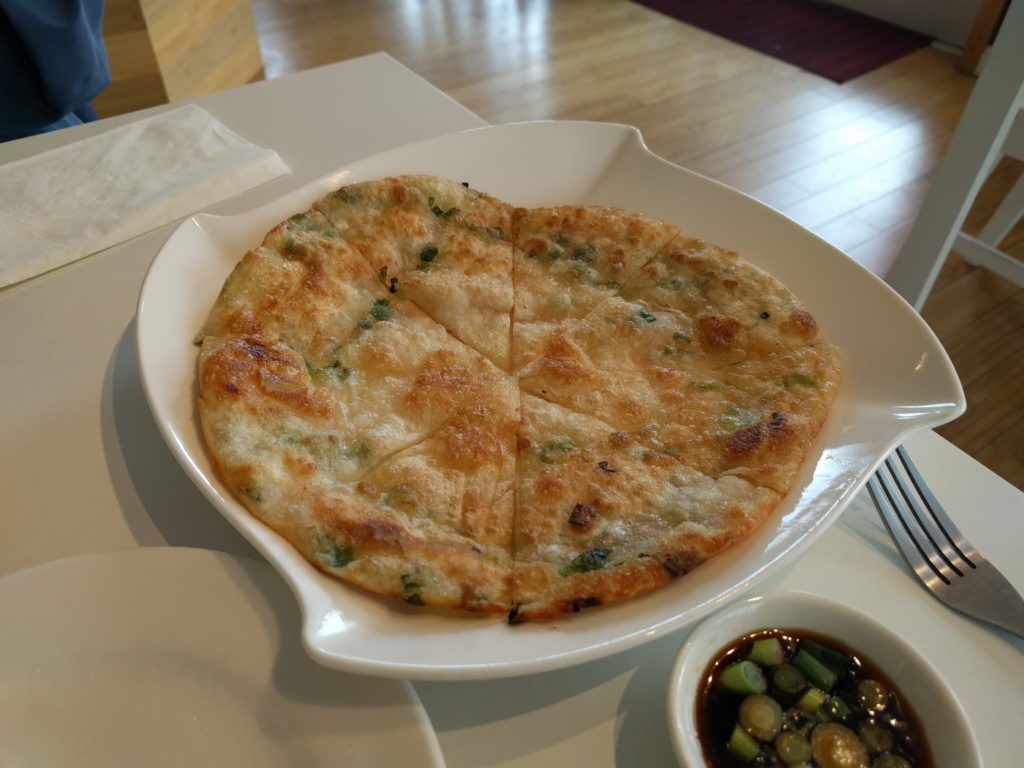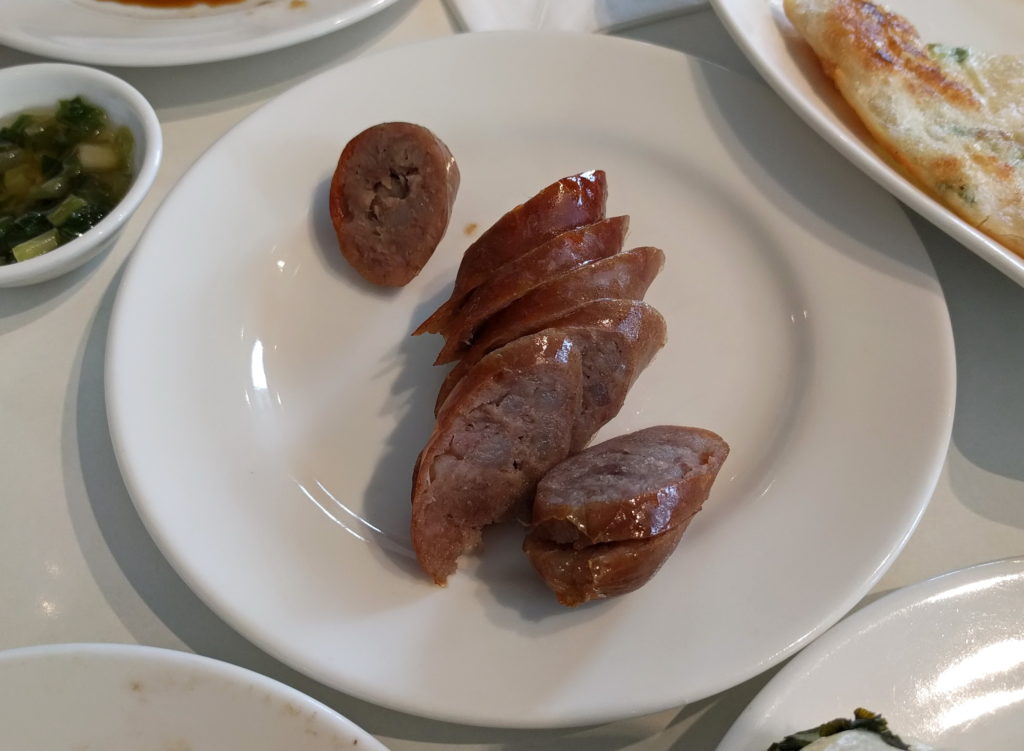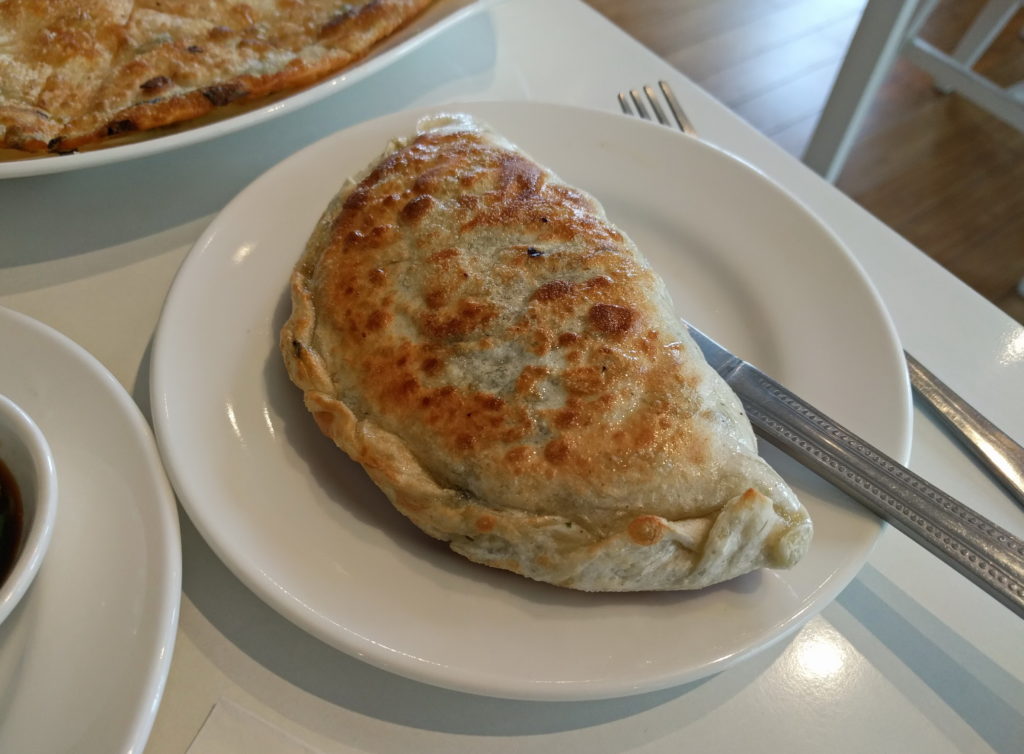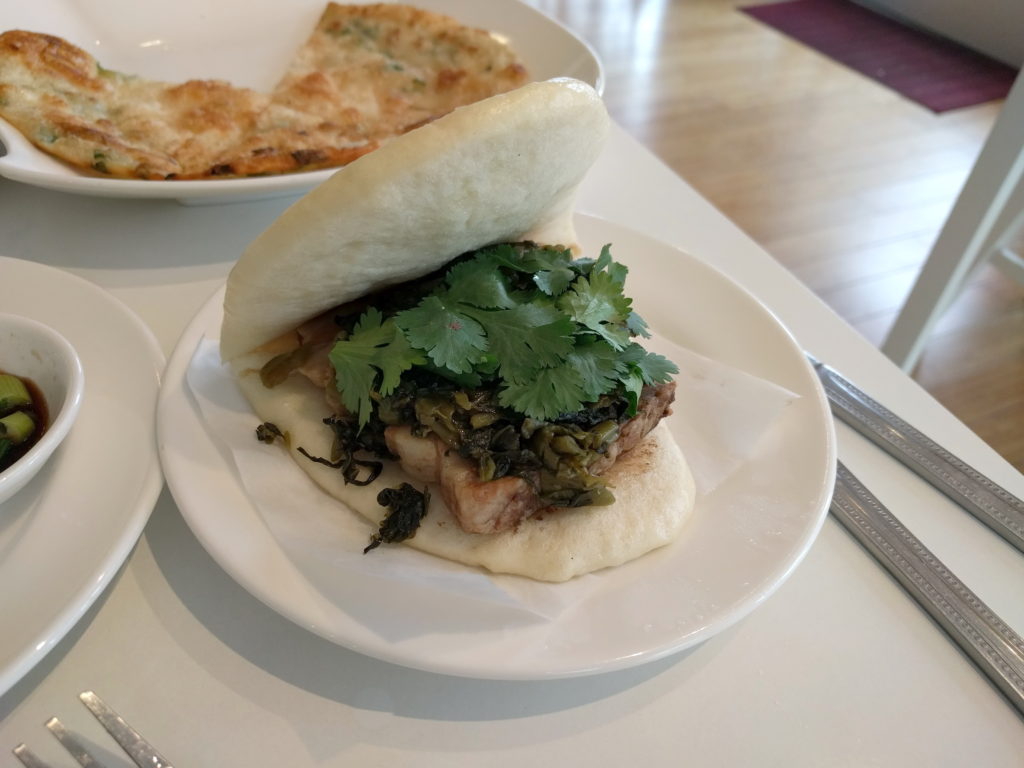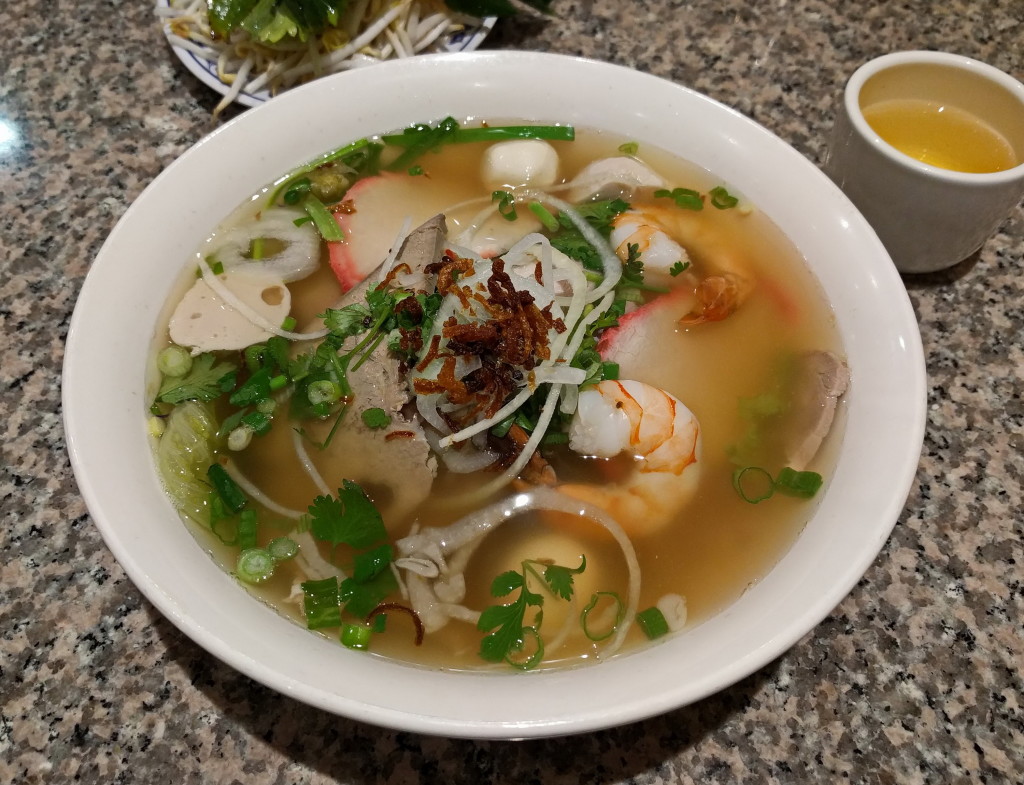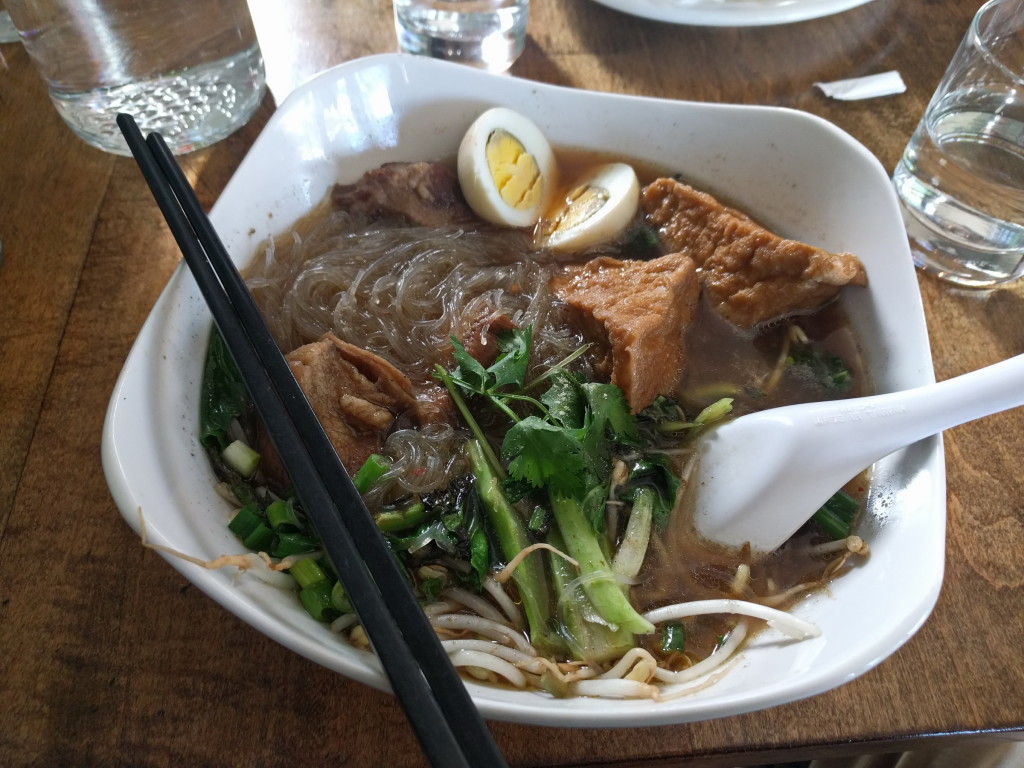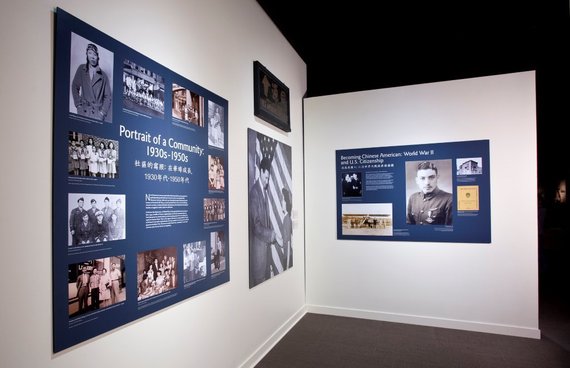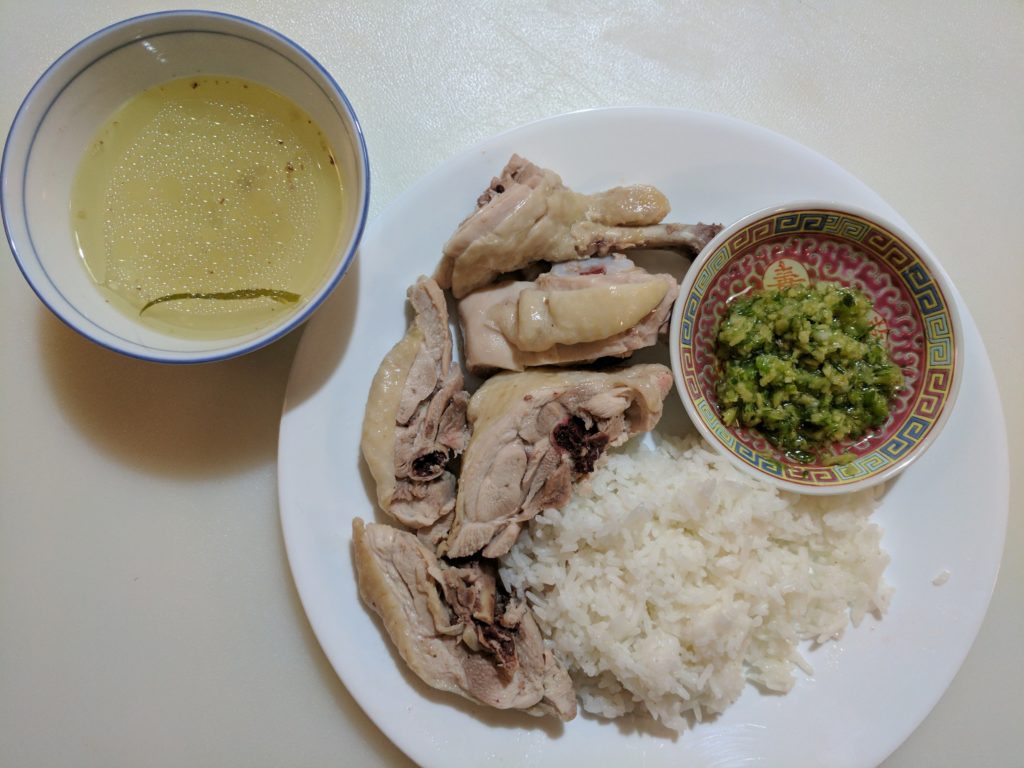
INGREDIENTS
- Chicken stock (with 4 smashed ginger slices and 2 whole scallions) enough to cover chicken, usually about 4 cups or more
- Whole chicken1 (ideally 3 lb) – washed, loose fat removed and set aside
- Ginger – enough for four thick unpeeled slices for stock and at least 3 TBSP peeled & grated for sauce, about 4-5” knob
- Scallions – 2 whole for stock and at least 3 TBSP of minced white part w/ a touch of the light green part minced, for colour, about 1 bunch
- Grapeseed or avocado oil – almost 4 TBSP, enough to mix with desired quantity of ginger/ scallions (equal parts) to make a paste, roughly about 2/3 of the amount of ginger/ scallion
- Salt
DIRECTIONS
- Wash chicken, remove anything loose inside, pat dry and rub with salt. After 5 minutes rinse off salt and leave chicken to drain.
- Bring stock with ginger slices and scallions to boil.
- Lower chicken gently into boiling stock to cover, breast side up
- Reduce heat to medium and bring stock with chicken back to rolling boil, in uncovered pot. (Gentler heat is better – more tender – and will require less standing time in the liquid off the burner afterwards).
- Turn off heat (not remove from) and keep covered and undisturbed for 30 – 60 mins
- Check after 30 mins by inserting skewer into thigh – it’s done when the small puncture draws clear liquid (or to temp of 165° – which is too much for chicken breast in my opinion)
- Remove bird from pot (with wooden spoon inserted into cavity so as not to break the skin), rub skin with sesame oil and place in freezer2 for ten minutes to stop cooking process.
- Transfer to cutting board and remove the back by cutting with poultry shears up either side of the tail (set aside for private nibbling or to add to mother stock – I always eat the tail, yum!). Slice off legs and wings, and split breast in half, before cutting all cleanly Chinese style, with a cleaver.3
- Lay out on platter in the shape of a whole, flattened chicken. Serve with finely trimmed green part of scallions (slightly curled)* and with dipping sauce. Your chicken may have a slight pink tint to it which is normal – it IS cooked! If this grosses out your guests, cook it longer in the poaching liquid.
- Reserve (freeze) stock for next time – the richer it gets, the more flavour for your chicken, until you want to use your stock for soup!
- Use (freeze) reserved chicken fat for cooking rice or stir frying vegetables – yumm!
Dipping Sauce:
- Grate 4 or finely mince peeled ginger and white part of scallions (1:1 ratio) with small amount of light green part for colour, and place in heatproof bowl. Do by hand for the right texture or if you are good with the food processor, pulse the mixture carefully to avoid excess liquid or becoming mushy.
- Heat oil until almost smoking, and then pour into minced ginger/ garlic mixture and mix well. (I prefer to do this rather than sautéing the mix, however briefly, because I don’t want to cook them, just warm them and release the flavours.)
- Stir in enough salt to make sauce more than seasoned
1As we prefer dark meat I just use chicken thighs if it is just for us; the only real reason to use a whole chicken would be cost and to recreate the whole chicken on the platter
2 prefer to do this rather than the usual method of putting into an ice bath, to avoid stripping the chicken of any flavours absorbed during cooking.
3To avoid slippage, bone splintering and flying chicken from ill placed cuts, I position the cleaver at the cut location and hit with a rubber mallet.
4Grating the ginger rather than finely mincing it is more of a hassle but extremely rewarding in taste as the finer texture allows for more subtle and integrated flavour
